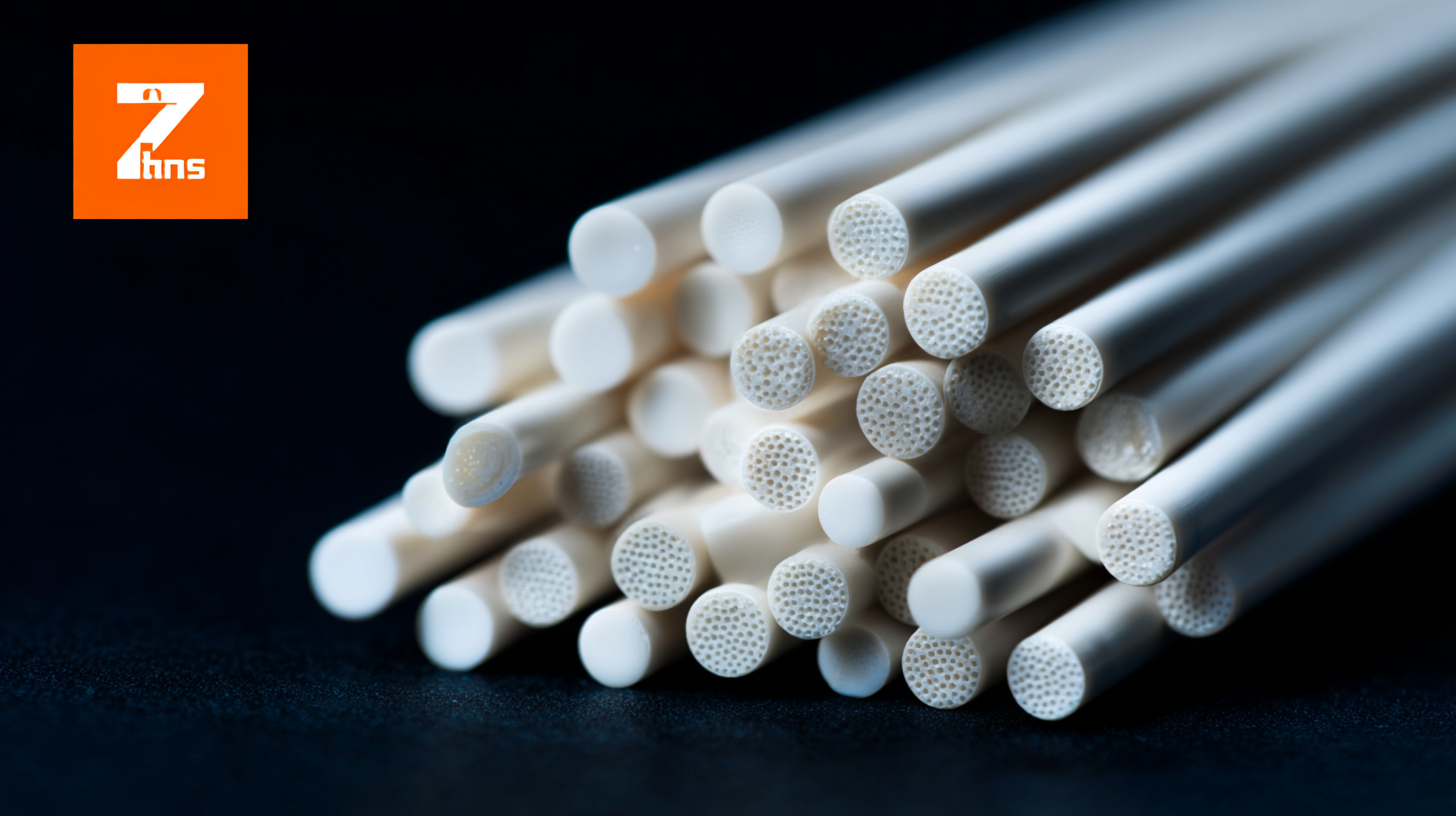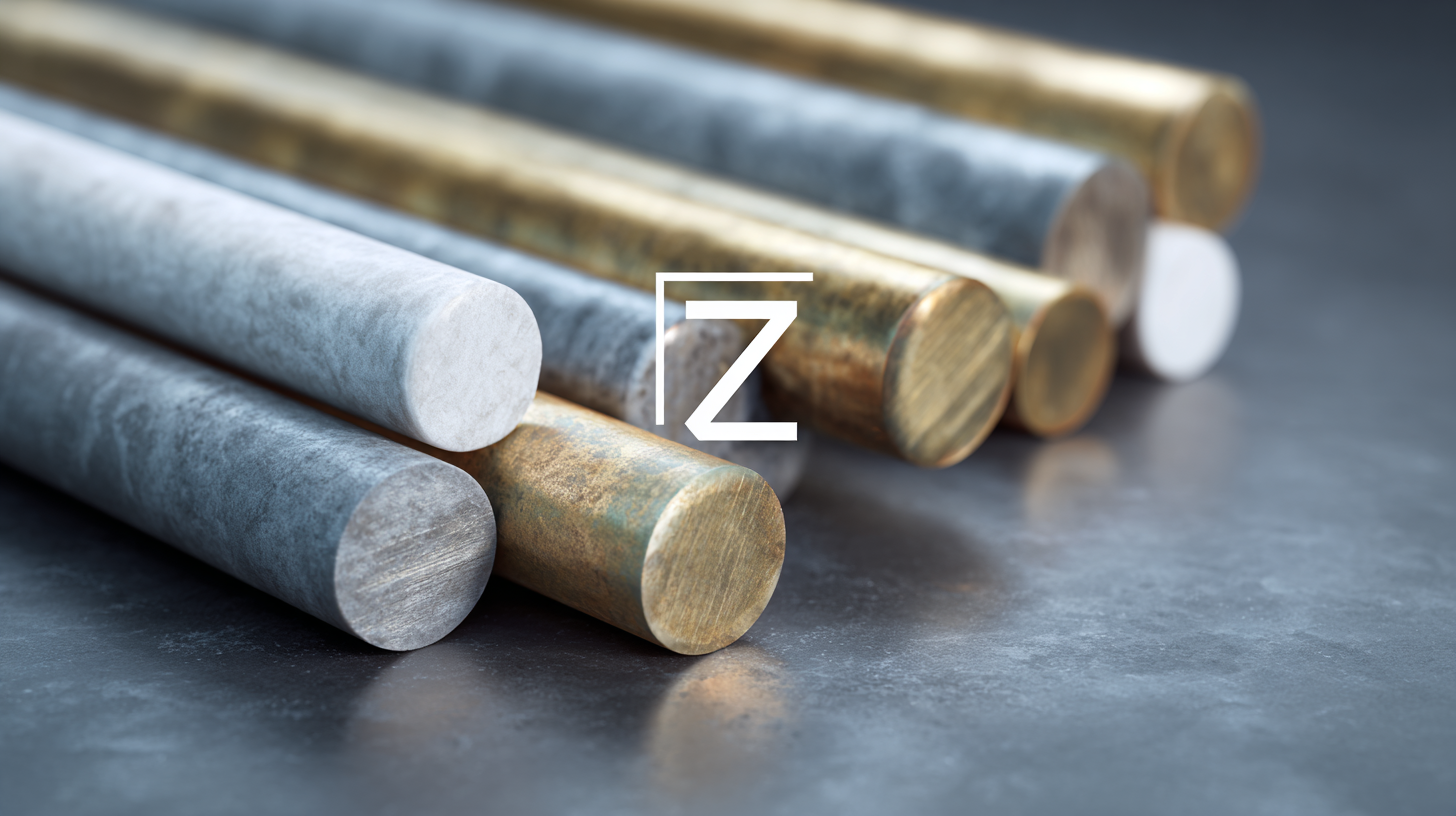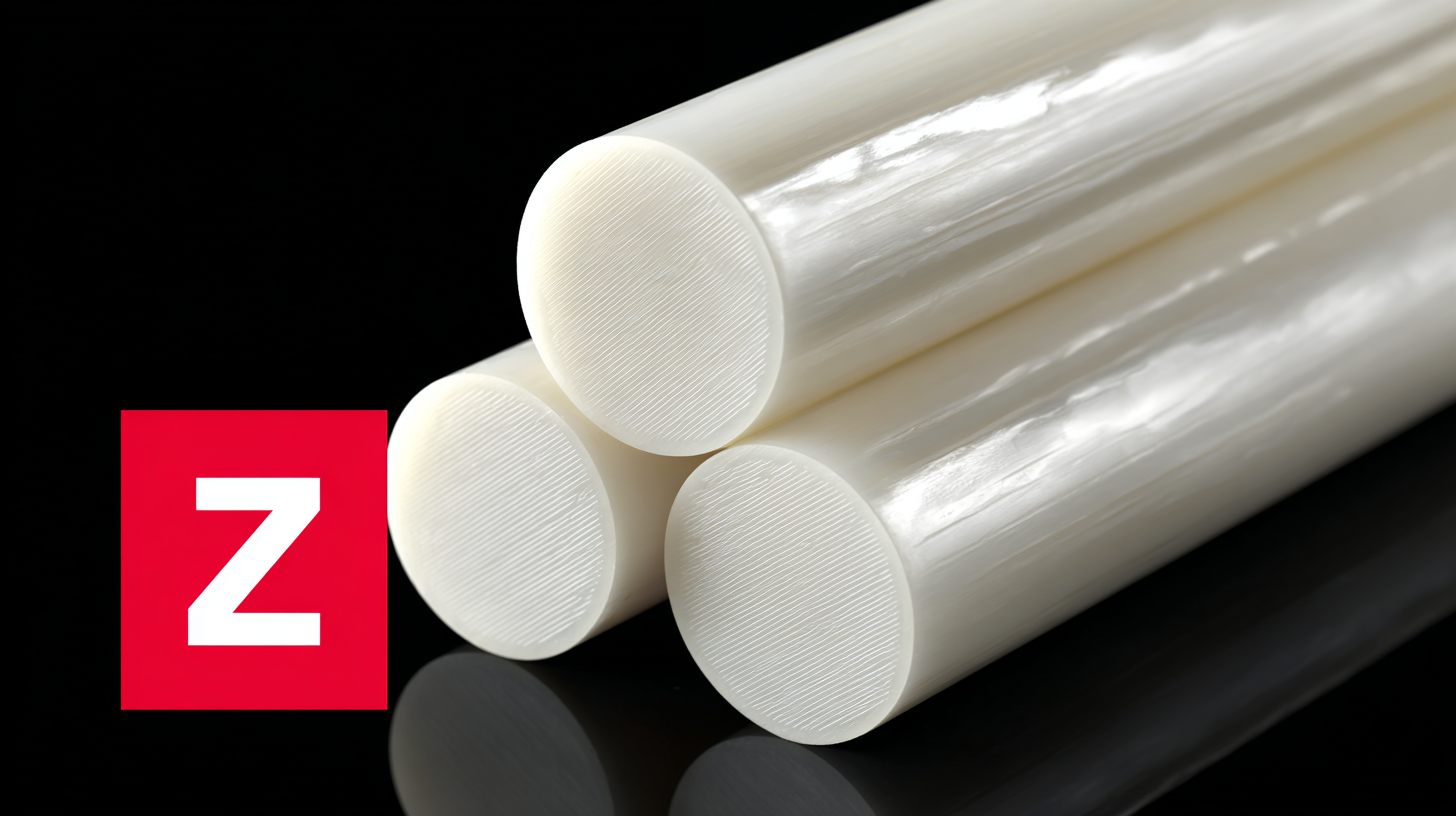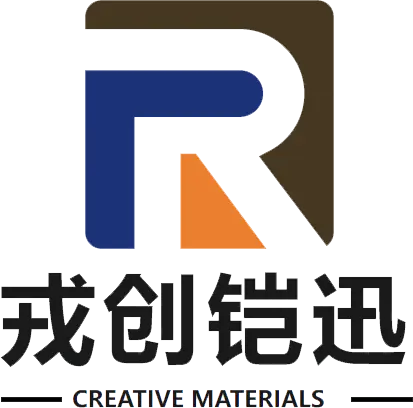In recent years, the demand for high-performance materials in various industries has surged, with zirconia rods emerging as a crucial component in advanced applications. According to a report by Markets and Markets, the global advanced ceramics market, which includes zirconia products, is projected to reach USD 144.6 billion by 2025, growing at a CAGR of 7.5%. This remarkable growth can be attributed to the increasing need for durable materials in sectors such as aerospace, automotive, and medical technology. Zirconia rods, known for their exceptional strength, thermal stability, and resistance to wear, have become indispensable in precision engineering projects. As we navigate the technological trends of 2025, mastering the art of utilizing zirconia rods in various applications will empower innovators to enhance product performance and efficiency, paving the way for groundbreaking advancements in their respective fields.

Zirconia rods are increasingly recognized for their exceptional properties, making them a preferred choice in various applications, especially in project management contexts. These rods boast high mechanical strength, excellent thermal resistance, and outstanding chemical stability. In construction and manufacturing sectors, zirconia’s durability reduces the need for frequent replacements, thereby optimizing project timelines and reducing costs. According to a recent industry report, the implementation of advanced materials like zirconia can enhance the lifespan of project components by up to 30%, leading to significant long-term savings.
Moreover, the versatility of zirconia rods allows them to be utilized in a wide range of environments, from harsh industrial settings to precision manufacturing. Their ability to withstand extreme conditions without degradation underscores their value in ensuring project success. As project managers strive to meet increasing demands for efficiency and sustainability, incorporating materials with proven performance records becomes paramount. Leading studies show that projects employing high-grade materials, such as zirconia, can achieve up to a 15% increase in overall project efficiency, showcasing the importance of material selection in achieving strategic objectives.
When selecting zirconia rods for your projects, several key considerations can dramatically influence your outcome. First and foremost, assess the specific properties needed for your application. Zirconia rods come in various compositions, which can affect their hardness, chemical resistance, and thermal stability. Depending on whether you're working in a high-temperature environment or in contact with corrosive substances, choose a rod that best suits those conditions.
Tip: Always check the manufacturer's specifications for the zirconia rods you're considering. Look for details on the tensile strength and fracture toughness, which are critical in ensuring durability and performance.
Another important factor is the size and shape of the zirconia rod. Standard dimensions may not always meet the requirements of specialized applications. Custom lengths and diameters may be necessary to fit your design specifications.
Tip: If possible, consult with engineers or designers who have experience with zirconia materials. Their insights can help you make more informed decisions regarding your project needs and optimize your use of zirconia rods.

Using zirconia rods in various projects can significantly enhance durability and performance, especially in high-stress applications. These rods, made from zirconium dioxide, boast exceptional toughness and wear resistance, making them ideal for use in manufacturing processes, dental restorations, and even jewelry. According to a report by the International Journal of Material Science, zirconia products exhibit a fracture toughness of 9.0 MPa·m1/2, which is higher than many traditional ceramics, establishing their superiority in demanding environments.

When incorporating zirconia rods into your projects, follow a step-by-step approach to ensure optimal results. Start with material selection; ensure that the rod's size and length match the project requirements. Proper cutting techniques are essential; using diamond blades can provide smooth edges, reducing the risk of cracking during installation. Additionally, achieving the right sintering temperature is crucial. Research indicates that zirconia’s optimal properties are reached when sintered between 1400°C to 1600°C, aligning with industry standards for high-performance materials. By adhering to these guidelines, you can master the art of effectively utilizing zirconia rods in your work.
When working with zirconia rods, one of the most critical mistakes to avoid is overlooking the specific properties of zirconia itself. A study by the American Ceramic Society revealed that zirconia has a remarkable fracture toughness that can reach up to 10 MPa·m^0.5, significantly enhancing the longevity of projects. However, its high sensitivity to temperature fluctuations can lead to structural failures if not properly managed. Designers and engineers should consider the thermal expansion properties of zirconia, which can vary by up to 0.1% for each degree Celsius increase. By neglecting these factors, users can encounter unexpected failures during performance tests.
Another common mistake is improper handling and processing techniques. According to industry reports, about 30% of product failures in zirconia components are attributed to inadequate surface preparation and machining methods. As zirconia is more brittle compared to other ceramics, applying excessive force or using the wrong type of tools can lead to micro-cracking. Utilizing diamond-tipped tools and ensuring a controlled environment during machining are essential practices that can significantly reduce risk. Adhering to these principles will not only improve the quality of the final product but also maximize the performance and durability of zirconia rods in your projects.
Understanding the common mistakes to avoid when working with zirconia materials can significantly enhance your project outcomes. The following chart illustrates the frequency of these common mistakes based on survey data from professionals in the field.
Maintaining and caring for your zirconia rods is crucial for ensuring their longevity and optimal performance in your projects. These rods, known for their exceptional strength and thermal stability, can benefit from regular cleaning and proper handling. It’s recommended to wipe them down with a soft, lint-free cloth after each use to remove any residues or contaminants. Avoid harsh chemicals that could degrade the surface quality; instead, opt for gentle cleaners that protect the material.
Additionally, storing zirconia rods properly can significantly extend their lifespan. Keep them in a dedicated, cushioned storage area to prevent chipping or cracking. Ideally, use a protective case that limits exposure to moisture and temperature fluctuations, ensuring the rods remain in pristine condition. When not in use, refrain from stacking heavy objects on top of them to avoid unnecessary pressure, which can lead to breakage. By implementing these simple yet effective care routines, you can maximize the performance and durability of your zirconia rods, allowing you to focus on your creative projects with peace of mind.
| Dimension | Description | Maintenance Tips | Expected Lifespan |
|---|---|---|---|
| 1.0 mm | Ideal for precision applications and small-scale projects. | Avoid dropping. Clean with a soft cloth after use. | 5+ years with proper care. |
| 2.0 mm | Versatile for general-purpose applications, including DIY projects. | Store upright. Regularly check for wear. | 4-6 years depending on usage. |
| 3.0 mm | Suitable for heavier machining tasks and robustness. | Use in compatible equipment. Lubricate during use. | 3-5 years with regular maintenance. |
| 4.0 mm | Great for industrial applications needing durability. | Avoid excessive force. Clean thoroughly post-use. | 2-4 years, highly dependent on application. |
